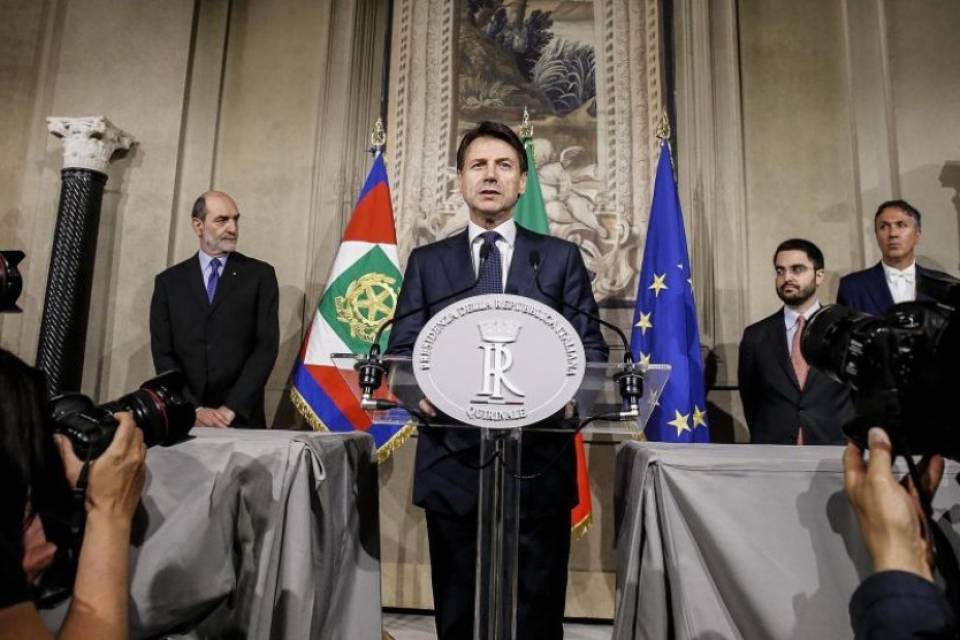In the right wing/populist coalition formed after the Italian general election of 2018 Mateo Salvini’s Lega (formerly the Northern League) held half as many seats as Movimento 5 Stelle. Despite this the major beneficiary or the coalition was Salvini who was appointed home affairs minister in a government headed by independent Prime Minister, Giuseppe Conte. Lega rose to around 38% in the polls while M4S fell back to around 18% - more or less swapping places on their general election performance.
16 months after the formation of the coalition Salvini brought the government down on the assumption that fresh elections would return Lega as the largest party and him as head of government. The Italian constitution does not allow for a ‘confidence and supply’ arrangement, the only alternative to elections was another government with a formal coalition agreement.
M5S chose coalition with Partito Democratico (the Italian Socialist and Democrat party) with Giuseppe Conte continuing as Prime Minister. The tough choice faced by PD was to go into government with a party that has till now been a hostile rival or, despite their own recovery from their poor showing in 2018, force elections that would result in a Salvini led alt-right government. It’s fair to say that there was no good outcome, but PD made the choice of keeping Salvini out and giving themselves the opportunity of eroding Lego’s support before the next election. M5S, who had been Salvini’s ‘useful idiots’ and, in the European Parliament, the enablers of Farage, faced the choice between a ‘left of centre’ alliance around some of their policies or certain defeat at the polls.
The success of the new coalition will be important to the future not just of Italy, but to the whole of Europe. It would be wrong to assume that there is great enthusiasm from PD for the coalition government but no PD MEP is telling us that the prospect of an early election was desirable. The Italian constitution does not allow for a Westminster style ‘confidence and supply’ arrangement so it was a straight choice between a coalition and an election with Salvini/Lega on 45% and therefore a government without any ‘moderating’ influence. While, like me, you may struggle with the notion on Silvio Berlusconi as a ‘moderating influence’ that illustrates just how bad the situation had become.
The conditions set by PD for a coalition made a commitment to Italy’s place in the EU, respect for representative democracy and action on climate change central and, despite predictions of failed talks, brought an agreement with M5S who were given the better desks and higher profile roles. Both the coalition parties have divisions, but M5S has always been a loose alliance held together ultimately by its constitution as a private company that talks a good democracy but is somewhat limited in its internal accountability. Nonetheless, the parties around the conventional centre need to address the state of Italian politics that brought M5S to prominanace. It is hard to argue that the M5S satirist founder Grillo did not have a point about the system when such a high proportion of Italian parliamentarians have criminal convictions of one sort or another. Ironically, this element of the M5S programme prevents Grillo himself from being a candidate.
Nothing in the Italian situation is ideal. One PD member put it thus: “Better PD is in coalition with a party that has been enabling facists than being in opposition to a fascist government”.
What is clear is that there is an opportunity to re-position M5S and move them, and more importantly their supporters, away from Lega. The early indications are that Salvini overreached and has damaged his standing. Lega have fallen back sharply in the polls. In the longer run nobody can say how this will turn out, in the coming months Labour may face choices just as uncomfortable as those that have faced its Italian partners.



